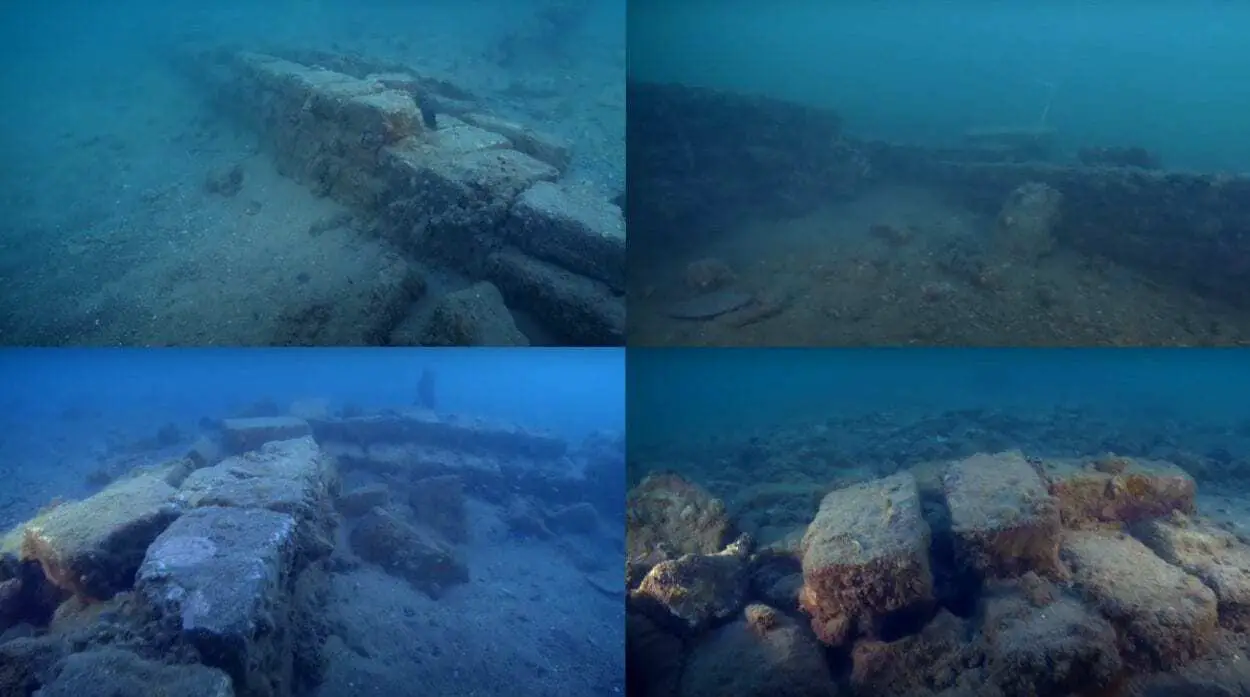Port Royal, originally named Cagway, was an English harbour town and a notorious base for buccaneers and privateers during the 17th century AD.
The region around Port Royal was first occupied by the Taino, an indigenous people of the Caribbean who Christopher Columbus encountered during his voyage to the New World in 1492.
With the arrival of Europeans to the new continent, the Spanish landed in Jamaica in 1494, who planned to use Jamaica as a supply base for both New Andalusia and Nicuesa and take advantage of the natural resources. Having discovered little to no riches, the Spanish instead started to cultivate the land and established a colony for the processing of sugar cane.
During the Anglo-Spanish War, an English expeditionary force invaded Jamaica in 1655 and the entire island was formally ceded by Spain in the 1670 Treaty of Madrid. The English began to develop a new harbour town named Port Royal and constructed a series of forts for the town’s defence.
To provide further security for the town, Governor Edward D’Oley invited the Brethren of the Coast, a loose coalition of pirates and privateers commonly known as buccaneers to make the town their homeport of operations. The Brethren of the Coast were a regulated syndicate of captains with outside benefactors, who preyed upon Spanish maritime shipping for their cargo.
By the 1660’s, Port Royal had gained a reputation as the “Sodom of the New World” for notable privateers such as Christopher Myngs (who commanded whole fleets of buccaneers, sacking and massacring entire towns) and Henry Morgan (who raided shipping on the Spanish Main and attacked Panama City).
The port was also a base for buccaneers such as Roche Brasiliano (who was known to cut off the limbs of his captives and roast them alive on a spit), John Davis (who sacked the Dutch island of Tobago, near Trinidad) and Edward Mansvelt (who led the fleet which captured Granada and the island of Santa Catalina).
This relationship greatly benefited the English crown, as it gave England the means to weaken Spain’s foothold in the Caribbean and America’s, without committing military forces in the endeavour.
The situation changed in 1687, when Jamaica passed anti-piracy laws and Port Royal became one of the primary sites of execution for pirate captains such as Charles Vane, Calico Jack (John Rackham) and Mary Read (a famed female pirate) who died in prison.
The town continued to prosper, and Port Royal grew to a population of around 6500 inhabitants. This rapid development led to a shortage of available land and houses were often built on reclaimed land from heavy brick construction.
On the 7th June, 1692 – the fortunes of Port Royal would change forever. Jamaica was hit by a large earthquake causing the land under Port Royal to liquefy and flow out into Kingston Harbour. Buildings would literally sink into a sludge resembling quicksand and the town was enveloped by a tsunami that followed.
In the aftermath, the lack of clean water, sewage and corpses deposited by the floodwaters led to malignant fever and cholera for the survivors. In the years that followed, attempts would be made to rebuild Port Royal, but mother nature would continue to strike down the “Sodom of the New World” with hurricanes, fires, and outbreaks of disease.
Header Image – Port Royal earthquake 1692 by Jan Luyken and Pieter van der Aa






